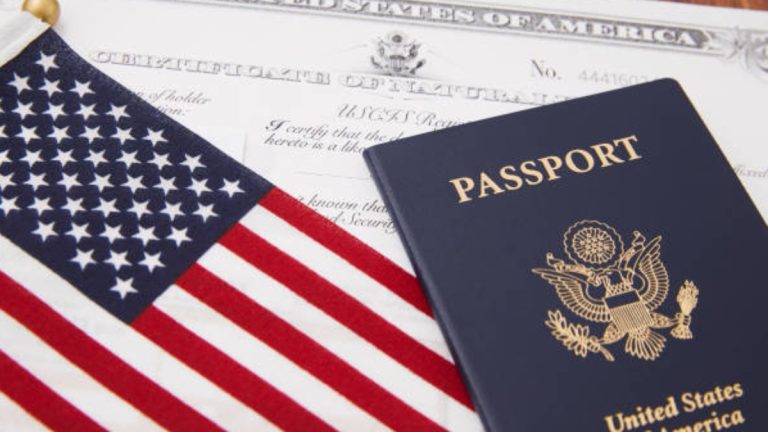🚨 Introduction: A System Under Strain
Immigration to the United States is more difficult, confusing, and politically charged than ever. From overloaded borders and long visa backlogs to policy flip-flops and public division, the U.S. immigration system is facing unprecedented pressure. Millions are caught in limbo—families, students, skilled workers, refugees—all searching for a fair shot at the American dream.
🔍 Key Immigration Issues in the U.S. Right Now
1. Southern Border Crisis
- Over 2.4 million unauthorized crossings were recorded in 2023.
- U.S. Customs and Border Protection is overwhelmed, leading to poor humanitarian conditions and security concerns.
- Surge in migrants from Venezuela, Haiti, Central America, and parts of Africa.
2. Backlogged Visa System
- Family- and employment-based visa processing delays are now routinely 2–5+ years.
- The EB-2 and EB-3 green card categories for many countries are severely oversubscribed.
- U.S. embassies in Nigeria, India, and other nations face long interview wait times.
3. Policy Instability
- Frequent changes in immigration rules between administrations create uncertainty.
- Deferred Action for Childhood Arrivals (DACA), asylum policies, and public charge rules have swung back and forth.
4. Lack of Legal Pathways
- Limited or outdated quotas make it nearly impossible for many migrants to come legally.
- There’s no clear path for low-skilled workers despite labor shortages in agriculture, care, and hospitality.
5. Misinformation & Human Trafficking
- Desperate migrants fall victim to smugglers and fake immigration agents, risking their lives at sea, in deserts, or via fake documents.
🧠 Consequences of the Immigration Crisis
- Humanitarian issues: Detention centers overcrowded, children separated, migrants dying at borders.
- Economic loss: The U.S. misses out on talent, innovation, and essential labor due to outdated caps and delays.
- National security risk: An overwhelmed border system can’t properly screen threats.
- Public division: Immigration becomes a polarizing political debate, hindering reform.
✅ Practical Solutions for U.S. Immigration Reform
1. Modernize Visa Quotas & Systems
- Update annual green card caps to reflect today’s labor needs and global realities.
- Invest in AI-driven application systems to speed up processing and reduce fraud.
2. Create Legal Pathways
- Expand seasonal work visas and refugee programs.
- Introduce point-based immigration models for skilled migrants (like Canada and Australia).
3. Humanitarian Protection
- Streamline and humanize asylum procedures.
- End practices like prolonged detention for children and family separation.
4. Strengthen Borders with Technology, Not Just Walls
- Use drones, biometric tracking, and smart surveillance.
- Invest in cross-border cooperation with countries like Mexico to address root causes of migration.
5. Clear, Consistent Policy
- Pass bipartisan immigration reform that lasts beyond any one presidency.
- Create a stable pathway to citizenship for Dreamers and long-term undocumented immigrants.
🌍 The Global View: Why America Still Matters
The U.S. remains a top destination for talent, opportunity, and safety. But without a functioning immigration system, it risks losing its global edge—and its moral standing.
Immigrants contribute billions to the economy, enrich communities, and fill critical labor shortages. Fixing immigration isn’t just a political issue—it’s a national investment in the future.
🗣️ Final Thoughts
The U.S. immigration system needs clarity, compassion, and modernization. It’s time to rise above partisan politics and build a system that’s secure, fair, and forward-looking.
Let the border be protected—but let the pathway to opportunity be open.






